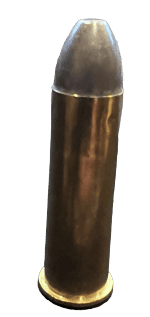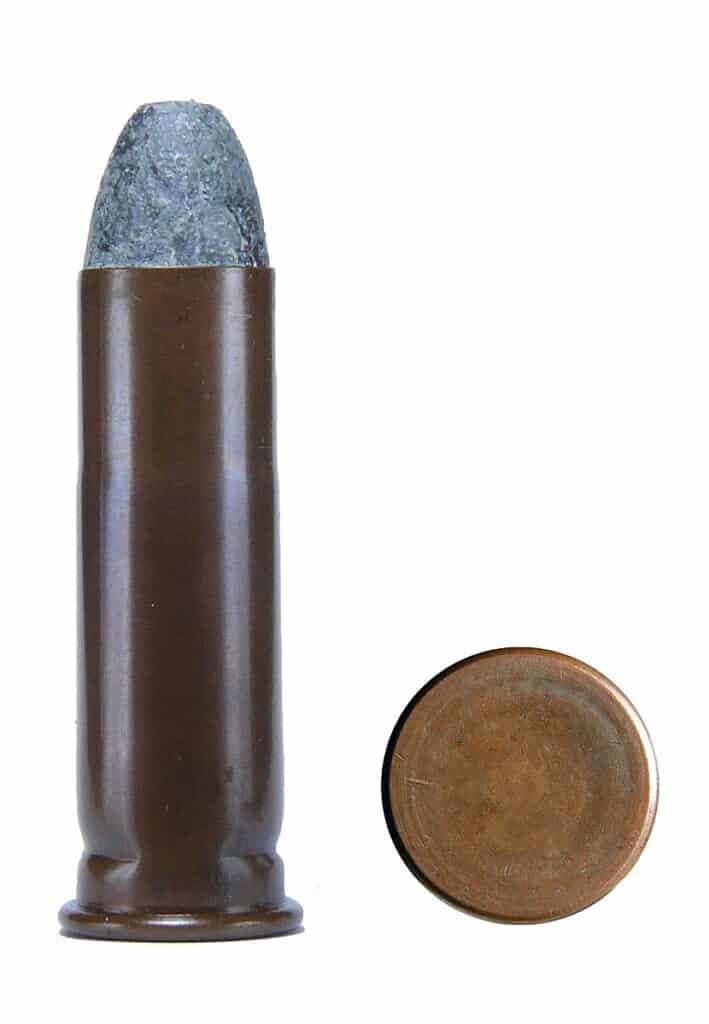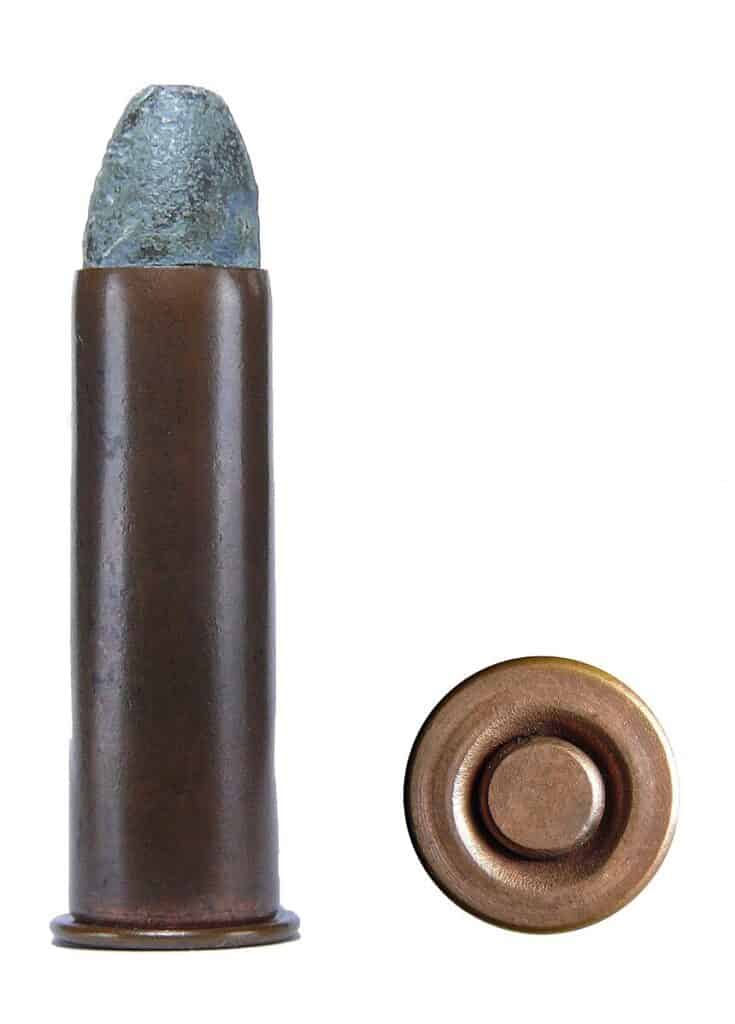
The Complete History and Performance of the .50-70 Government Cartridge
Introduction to the .50-70 Government
The .50-70 Government cartridge holds a unique place in firearms history, marking the transition from muzzleloading muskets to modern breech-loading rifles. Developed by the U.S. Army Ordnance Department in 1866, this centerfire black powder cartridge replaced the aging .58 caliber rifled muskets of the Civil War era. It provided faster reloading, greater reliability, and superior ballistic performance, making it a crucial step in the evolution of American military and civilian firearms.
Development and Historical Background
After the Civil War, the U.S. military recognized the need for a modern breech-loading cartridge that could be used in converted muzzleloaders. The Springfield Model 1866 "Second Allin Conversion" was designed around the newly developed .50-70 Government cartridge, offering troops a vastly improved rate of fire and ease of operation compared to the cumbersome muzzleloaders used during the war.
The .50-70 Government was one of the first centerfire cartridges adopted by the U.S. military, predating the more famous .45-70 Government. Initially used in military applications, it soon became popular with frontiersmen, buffalo hunters, and sportsmen due to its power, accuracy, and reliability.
Cartridge Specifications and Design
The .50-70 Government was designed as a powerful black powder round, offering excellent stopping power for both military engagements and big game hunting.
- Bullet Diameter: .515 inches
- Case Length: 1.75 inches
- Overall Cartridge Length: 2.25 inches
- Bullet Weights: Typically 450 grains, though variants ranged from 425 to 500 grains
- Powder Charge: 70 grains of black powder (hence the "70" in its name)
- Muzzle Velocity: 1,260-1,275 feet per second (fps)
- Muzzle Energy: Approximately 1,600 foot-pounds (ft-lbs)
Bullet Types and Their Performance
The original military load featured a 450-grain, round-nosed, hollow-base lead bullet. The hollow base allowed the bullet to expand upon firing, ensuring a tight gas seal and maximizing engagement with the rifling. This design improved accuracy, though at longer ranges, hollow-base bullets could sometimes be unstable.
As the cartridge evolved, solid-base bullets became more common. These provided greater stability and improved long-range accuracy, making them the preferred choice for sharpshooters and buffalo hunters. Hunters and target shooters experimented with heavier 500-grain bullets, which, while reducing velocity slightly, offered superior penetration and retained energy better at long distances.
Priming Systems: Benet, Martin, and Boxer
The .50-70 Government cartridge used three distinct types of primers throughout its service life, each with its advantages and limitations.
Benet Primer

The Benet primer, developed by Colonel Stephen Vincent Benet, was an internal priming system where the primer cup was integrated within the base of the case. While this method was cost-effective and reliable, it rendered the cartridge non-reloadable, limiting its appeal to civilian shooters who preferred to reload spent cases.
Martin Primer
The Martin primer, an evolution of the Benet system, added a separate anvil inside the primer cup to improve ignition consistency. While more reliable than the Benet system, it remained a non-reloadable design, primarily used in military cartridges before being phased out in favor of Boxer-primed cases.
Boxer Primer

Developed by Colonel Edward Mounier Boxer, the Boxer primer represented a major advancement. It featured a separate, removable primer with a built-in anvil, allowing cases to be easily reloaded. This innovation contributed to the cartridge's continued use among civilians long after it was retired from military service.
Firearms Chambered in .50-70 Government
The .50-70 Government was primarily used in long guns, as its size and power made it impractical for handguns. Several notable rifles were chambered in this cartridge:
Springfield Model 1866 (Second Allin Conversion)
The first military rifle chambered in .50-70, the Springfield Model 1866 was a conversion of Civil War-era .58 caliber muskets. It featured a trapdoor breech-loading mechanism, allowing soldiers to load and fire more rapidly than with traditional muzzleloaders.
Remington Rolling Block Rifle
The Remington Rolling Block, one of the most robust and accurate single-shot rifles of the era, was widely chambered in .50-70. It gained favor among military units, buffalo hunters, and frontiersmen due to its exceptional reliability and strength.
Sharps Model 1869 and 1874
Sharps rifles chambered in .50-70 were renowned for their accuracy and power. These single-shot falling-block rifles (not lever-action, as is sometimes mistakenly stated) were favored by buffalo hunters and marksmen, and the .50-70 variant earned a strong reputation for bringing down large game at long distances.
Successors and the Decline of the .50-70
By 1873, the U.S. military adopted the .45-70 Government, which offered a flatter trajectory, lower recoil, and cheaper ammunition production. The .50-70 remained in limited military service for years, particularly in the hands of state militias and cavalry units, but was ultimately replaced.
Despite this, the .50-70 Government continued to thrive among civilians, especially hunters and long-range shooters who appreciated its knockdown power and dependability.
Performance and Ballistics
The .50-70 Government delivered excellent performance for its era:
- Velocity: 1,260-1,275 fps with a 450-grain bullet
- Energy: ~1,600 ft-lbs
- Effective Range: Approximately 200 yards, though skilled marksmen could push it further
- Accuracy: Capable of long-range hits at Creedmoor rifle matches, though the .45-70 later became more dominant in competitive shooting
This cartridge was widely used for hunting bison, elk, and even grizzly bears, as its large-caliber, heavy bullet provided deep penetration and devastating stopping power.
The .50-70 Government Today
Though long obsolete in military service, the .50-70 Government remains popular among black powder enthusiasts, historical firearm collectors, and reenactors. Several custom ammunition manufacturers continue to produce brass cases, bullets, and complete rounds for those who enjoy shooting vintage rifles.
Many modern handloaders use black powder substitutes or carefully reduced smokeless powder loads to safely fire these classic firearms without damaging them.
Conclusion
The .50-70 Government was a groundbreaking cartridge that bridged the gap between muzzleloading muskets and modern centerfire rifles. Its influence paved the way for later cartridges like the .45-70 Government and solidified the utility of breech-loading firearms.
Even today, it holds a revered place among firearm historians, black powder shooters, and collectors, ensuring its legacy as one of the most influential cartridges in American history. Whether for hunting, competition, or historical appreciation, the .50-70 Government remains a respected and powerful round more than 150 years after its inception.
Read more here:
If you have recently acquired a rifle that uses .50-70 Government, read our Guide to reloading 50-70! The article talks about reloading and where you can find .50-70 load data. Buffalo Arms occasionally produces .50-70 ammunition. Check to see if they've got it in stock here.
To join discussions on this round, there are occasional threads on the topic found here.
If you know of any forums or sites that should be referenced on this listing, please let us know here.





